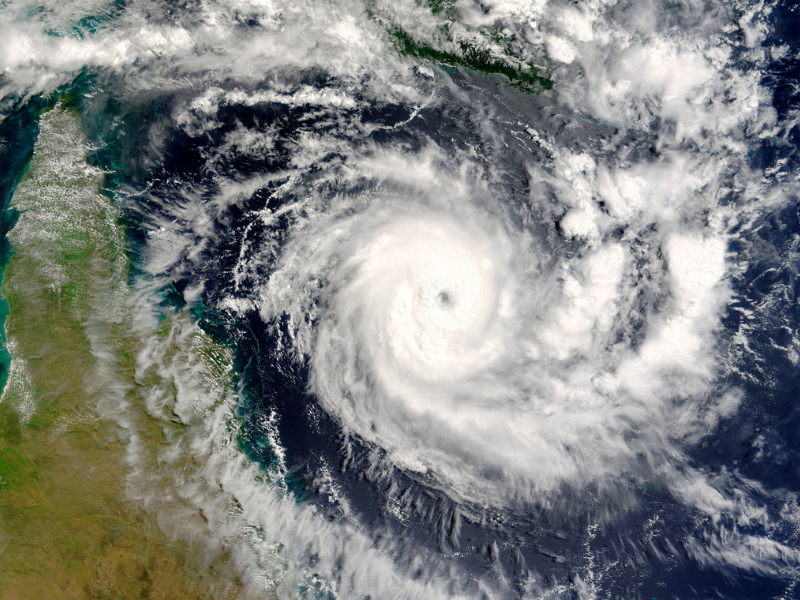Topical cyclones are incredibly destructive and dangerous weather systems. They form over tropical and subtropical waters, often bringing violent storms and severe weather conditions towards land. Hurricanes in the Atlantic Ocean and typhoons in the Pacific Ocean are examples of cyclones. Cyclones are characterized by a warm-core low-pressure system and are known for their organized circulation. The word "Cyclone" comes from the Greek word "cyclos," meaning coil of a snake.

Cyclones require warm air to form, which is why they are seasonal. The Atlantic and Pacific hurricane season runs from June 1 through November 30th, while the Eastern Pacific season runs from May 15 to November 30th. Cyclones can occur in the Pacific Northwest year-round, but most take place from May to November. In Australia and the South Pacific, storms are common from November until April, as they are located on the opposite side of the world. Storms in the Bay of Bengal, near India and Thailand, occur from April to June and September to November.
Storm Hazards
- Storm Surge — Winds from the storm push water towards the shore, creating waves that can reach up to 15 feet tall. Many coastal areas are only 10 feet above sea level, and these waves can cause significant damage and flooding.
- Wind — Cyclones are rated based on their wind speed. However, the rating doesn't account for gusts or squalls. Gusts are short bursts of rapid wind speeds, and squalls are longer periods of increased wind associated with thunderstorms in the cyclone's spiral bands. Much of the destruction from a cyclone comes from flying debris, which can severely damage homes and buildings.
- Flooding — Many deaths in hurricanes are caused by people underestimating the power of water. Trying to cross a road or stream by walking or driving can be fatal. Don’t do it!
- Flash Flooding — Water can quickly rise above 30 feet, destroying buildings and ripping trees from the ground.
- Urban Flooding — Rain can transform streets into fast-moving rivers, and basements can become deadly traps when filled with water.
- River Flooding — Torrential rains can cause rivers to swell, leading to flash floods. River flooding may occur just hours after the storm and can last for weeks.
- Tornadoes — Cyclones can also bring tornadoes, which can occur days after the storm reaches land.
For more information, visit the National Weather Service's Cyclone Hazards page or learn more about cyclone safety from India's Meteorological Department.













